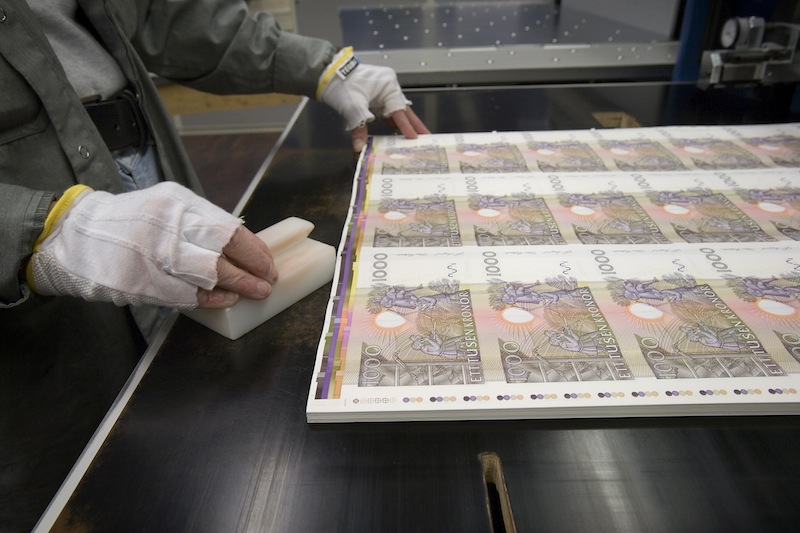The world of zero interest rates has outlived its usefulness, according to a chorus of influential bankers, watchdogs and economists anxious about asset bubbles and wealth inequality.
As financial markets start bracing for the first US and British interest rate rises in almost a decade, there’s a pervasive feeling that the extraordinary central bank policies of near zero percent borrowing rates, money printing and bond buying are now causing more problems than they’re worth, Reuters reported.
Few, if any, now doubt super-easy credit and quantitative easing, for all their spillovers and distortions, were the right medicine to nurse economies out of a systemic banking shock, credit crunch and deflation scare.
But even those who applauded the rescue feel the cure has largely done its job and is now merely spreading other maladies.
“It’s a mistake to keep interest rates this low for so long as it breeds complacency and leads to social inequality,” a top UK bank executive told Reuters. “QE was the right thing to do but I’m not comfortable with interest rates at zero.”
Views Echoed
That view is echoed across many central banking and supervisory circles too, where there’s some anxiety that inflation-targeting central banks have been overly mechanistic in prolonging very low interest rates due to a brief oil-led scare on headline deflation late last year.
They worry about the lack of a monetary buffer to deal with fresh economic or financial market shocks and how precarious financial markets have become given how super-easy credit has buoyed both bonds and equities at historically-expensive levels without any commensurate pickup of world growth.
Markets too are antsy about lofty and QE-fueled financial prices and many are fearful recent tremors in both “safe” AAA debt markets and equity indices are a reminder of unnervingly positive correlations between bonds and stocks in recent months, even though they should typically act as hedges for each other.
And the absence of an obvious haven in a world of pricey assets is another easy money conundrum that argues for its end. “Classic safe haven plays may not be as safe as advertised,” said Blackrock chief strategist Russ Koesterich.
If asset prices have lost sight of the real economy, it’s probably better to remind them sooner rather than later.
“If you’re trying to stabilize markets and if you’re worried about extreme macro risks, then QE works quite well,” said PIMCO’s fixed income chief investment officer Andrew Balls. But “if you’re trying to fine tune growth and inflation outcomes then the evidence is that QE is a pretty blunt instrument.”
Aggravating Inequality
But it’s the unease about how zero rates and QE have aggravated rising wealth gaps that have caused most public debate and heaped on political pressure for a reversal.
Many fear that while easy money supported workers initially by stabilizing and boosting employment, the outsize and persistent lift to stock, bond and real estate prices – owned mainly by the richest – has exaggerated an already extreme wealth skew, especially at a time of public spending cutbacks.
Since 2012, for example, total returns on stocks have risen 50 percent while bonds are flat. And surveys of millionaire investors, including one by Morgan Stanley this year, show they hold about a half to two-thirds in equities, real estate or alternatives and less than 30 percent in cash and bonds.
The financial asset picture looks starker. It showed how the richest 1 percent of the population, who hold a third of total US wealth, earn two-thirds of their income from capital investments and business interests – largely equity and property that have been boosted so much by low interest rates.
For the bottom 80 percent of the population, on the other hand, wages are more than three quarters of their income.


